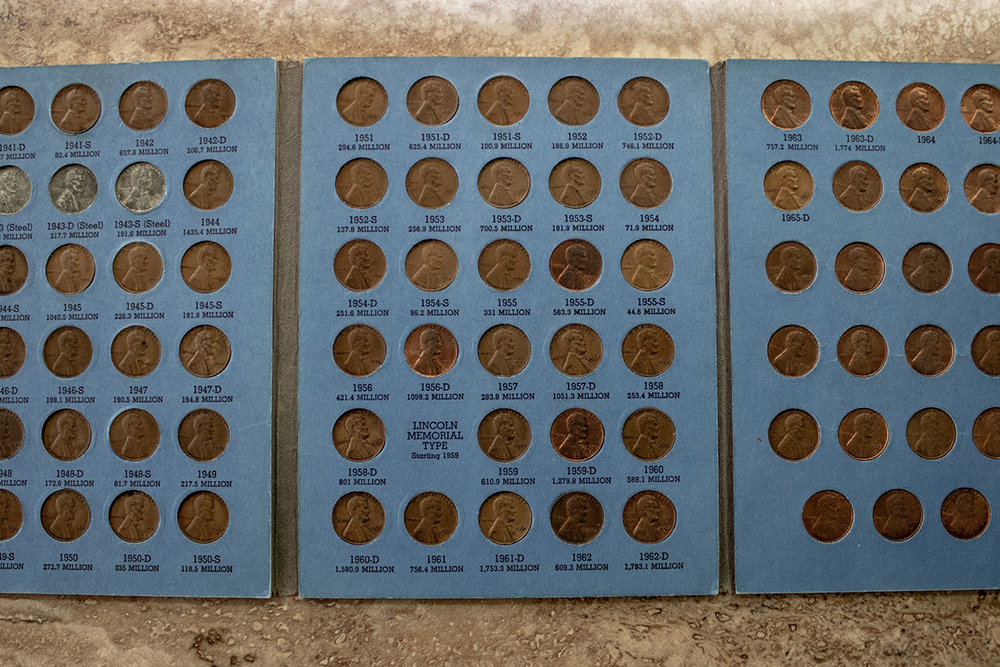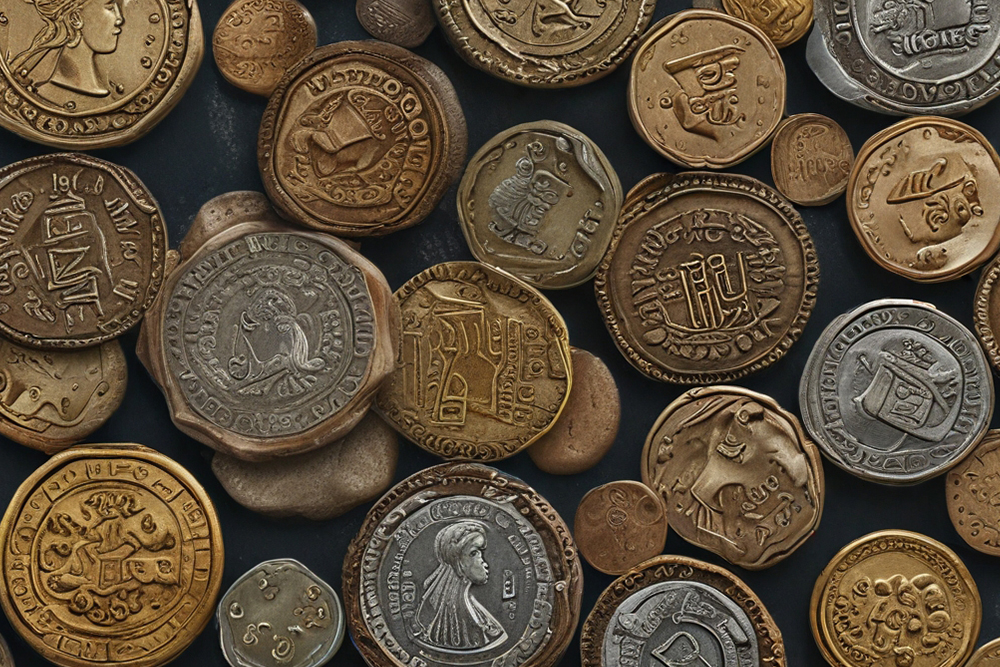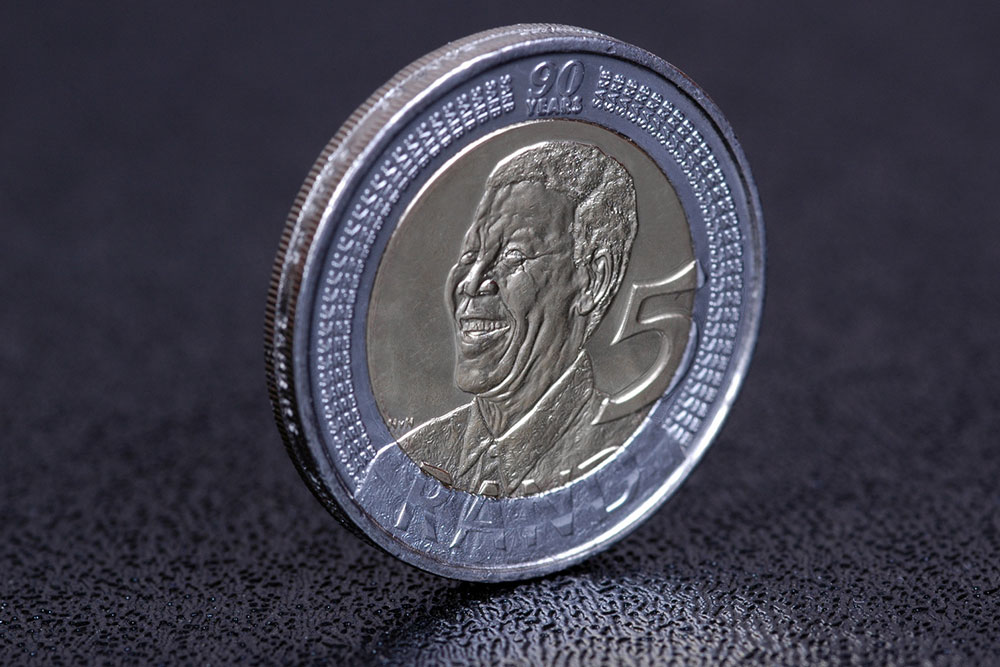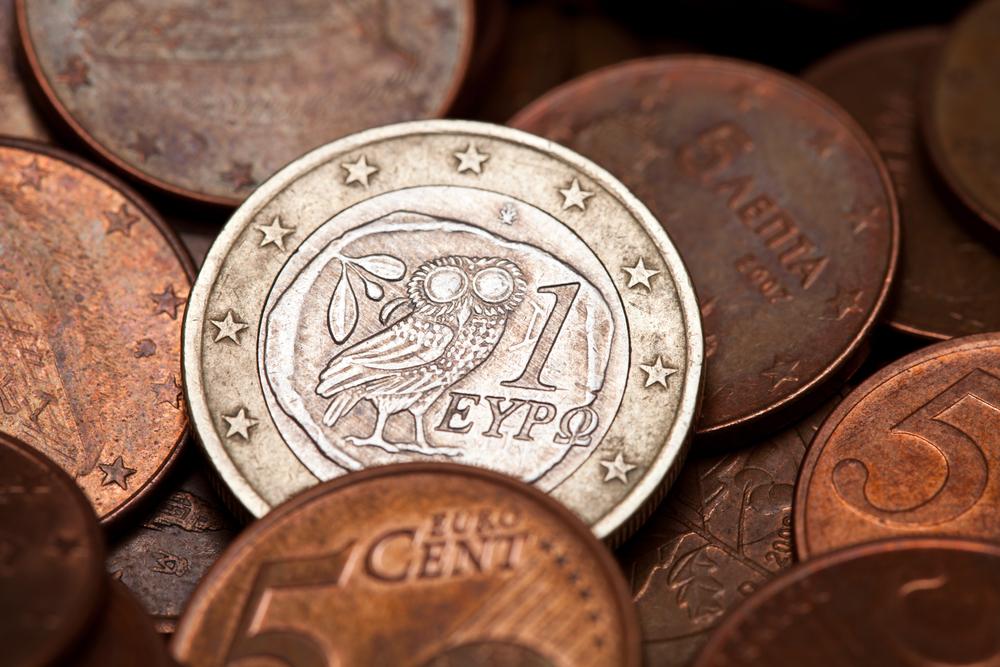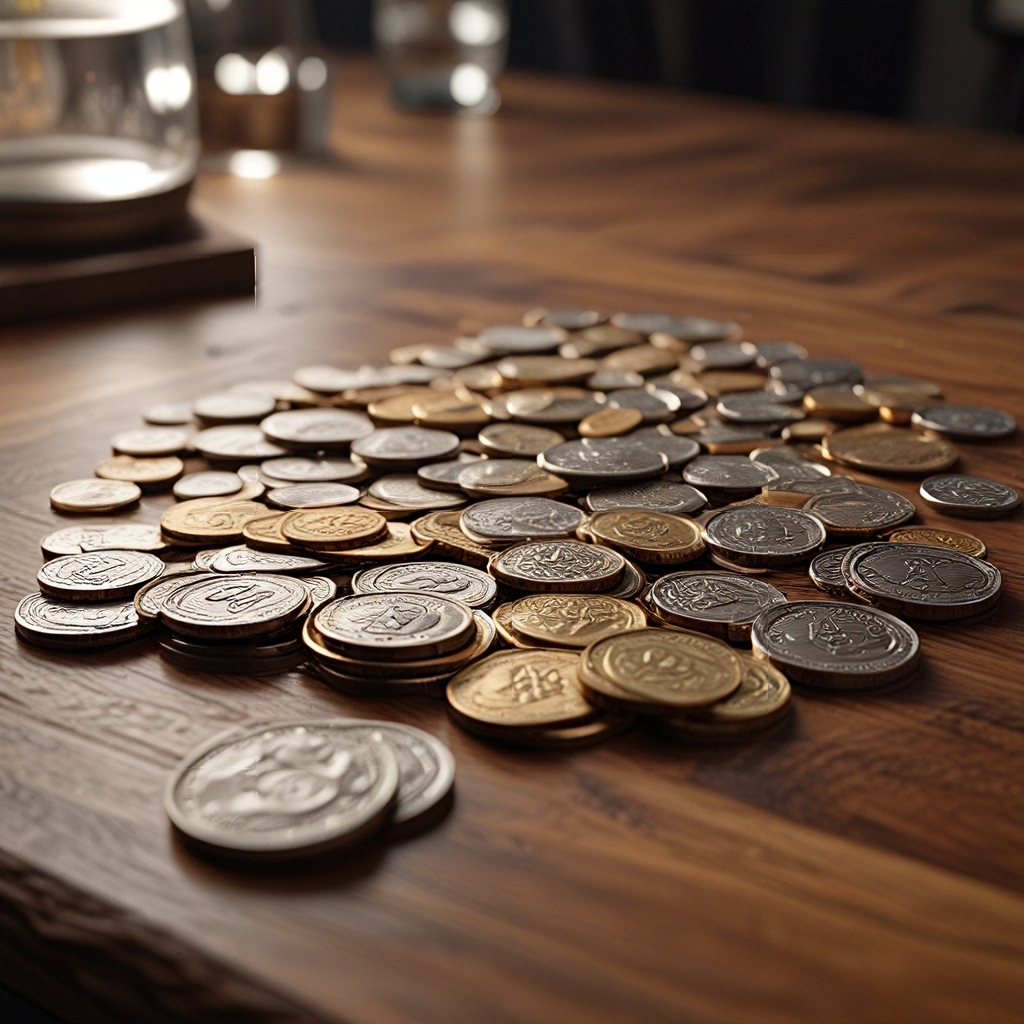Exploring Argentina’s Most Valuable Coins: A Comprehensive Numismatic Guide
Explore the fascinating world of Argentine coins in this comprehensive guide. Learn about the history, significance, and value of notable coins like the 8 Reales, 1881 Peso Moneda Nacional, Eva Perón 5 Pesos, and commemorative issues. Discover what factors influence coin value and why Argentina's numismatic collection is a treasure trove for collectors. Whether you're interested in colonial silver coins or modern commemoratives, this article offers insights into Argentina's rich numismatic legacy, highlighting key pieces that embody the country's historical and cultural milestones.
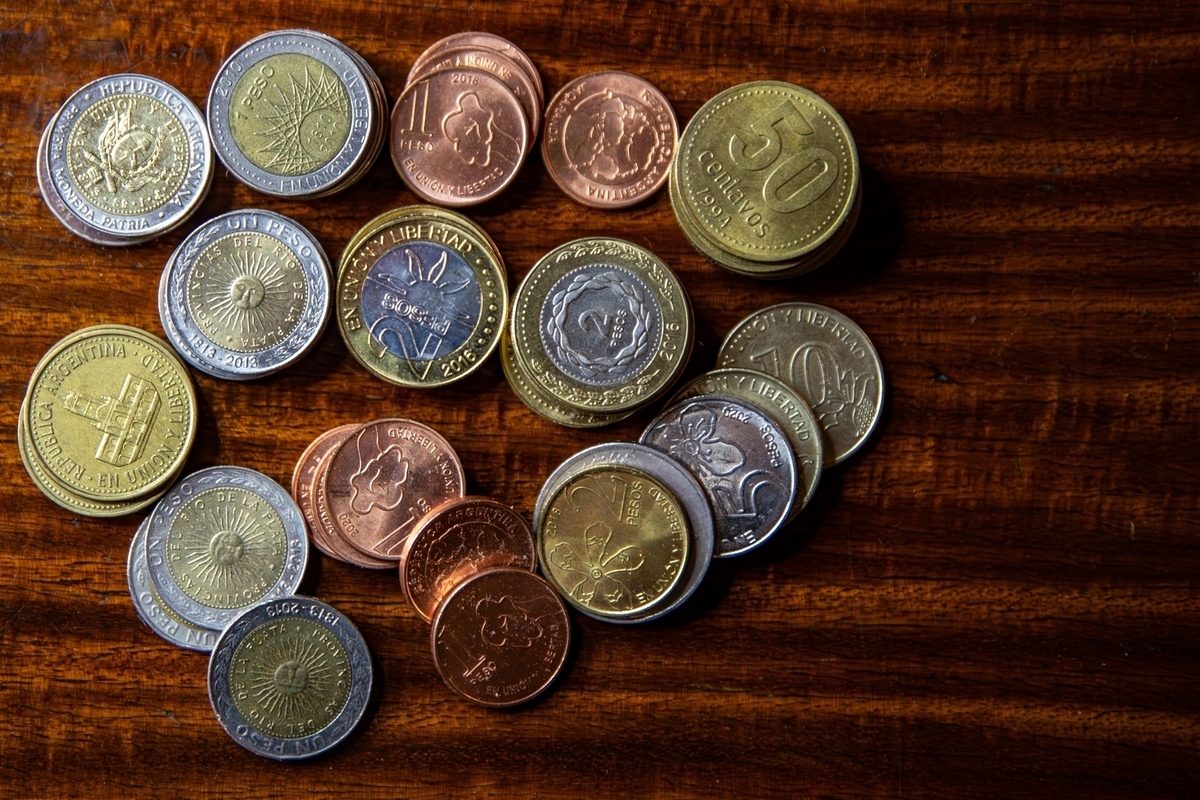
Numismatics, the dedicated study and collection of coins, has long captivated enthusiasts around the world, offering a fascinating glimpse into history, culture, and artistry. Argentina, with its rich historical background and diverse coinage, stands out as a significant destination for coin collectors. The evolution of Argentine coinage—from colonial silver reales to contemporary commemorative issues—mirrors the nation's complex history, cultural milestones, and evolving economic landscape. This extensive article delves into some of Argentina’s most prized and historically significant coins, revealing their stories, value, and why they continue to enchant collectors globally.
The Historical Development of Argentine Coins
The story of Argentine currency traces back to the Spanish colonial era, when silver reales circulated widely across the Americas. These coins played a vital role in trade and daily transactions during Spanish rule and served as the foundation for the region’s monetary system. Following Argentina's declaration of independence from Spain in 1816, the country embarked on establishing its own monetary identity. Initially, the peso became the official currency, divided into 100 centavos, symbolizing Argentina’s newfound sovereignty and national pride.
Throughout the 19th and 20th centuries, Argentine coin designs evolved, reflecting significant political, economic, and cultural shifts. From the early colonial silver reales to the introduction of new coin denominations, each issue encapsulates a facet of Argentine history. Notably, many coins feature prominent figures, national symbols, or historical events, making them invaluable to collectors and historians alike. Today, Argentine coins are highly valued not only for their metal content but also for their historical significance and craftsmanship, illustrating the country's journey from colonial rule to modern independence.
Valuable Argentine Coins That Achieved Collectible Status
The Iconic 8 Reales Silver Coin
The 8 Reales silver coin, often called the “Spanish dollar,” holds a storied place in numismatic history. Minted during the colonial period in various regions, including what is now Argentina, this coin was renowned for its consistent silver content and widespread use in international trade. Its classic design features the Spanish coat of arms, and its size, weight, and silver purity made it a preferred currency for centuries. Today, the 8 Reales is a highly sought-after collector’s item because of its historical significance, rarity, and recognizable design. The coin's extensive circulation in the Americas, including Argentina, plus its role in early global trade, make it a fascinating piece of numismatic history.
The 1881 Peso Moneda Nacional
Argentina’s monetary system took a significant step forward in 1881 with the introduction of the Peso Moneda Nacional. This coin marked a new chapter in establishing Argentina’s monetary stability in the post-independence era. Available in both gold and silver denominations, the Peso Moneda Nacional symbolized national sovereignty and economic progress. The gold version, known as the Argentino, weighed approximately 8.0645 grams, and features a striking Liberty bust on its obverse. Its intricate craftsmanship and representation of freedom make it highly desirable among collectors, especially those interested in Argentina’s economic history and its efforts to solidify a stable currency after independence.
The 1952 Eva Perón 5 Pesos Coin
This particular coin showcases Argentina’s iconic political and cultural figure, Eva Perón, the influential First Lady. Issued in 1952, the coin portrays her profile and commemorates her influential role in shaping Argentine history. Beyond its numismatic value, the 5 Pesos coin holds deep emotional and cultural significance for Argentines and collectors interested in political history. The design captures her enduring legacy, making it a prized piece among those who appreciate coins that reflect personal and national histories. Over the decades, coins featuring Eva Perón have become symbols of Argentina’s social and political transformation, further elevating their place in numismatic collections.
Commemorative Coins Celebrating Argentina’s Bicentennial
In 2010, Argentina celebrated a landmark milestone—the 200th anniversary of the May Revolution, the event that sparked the country's path toward independence. To commemorate this historic occasion, special limited-edition coins were issued, including silver coins such as the Bicentennial 2 Pesos, decorated with symbols representing Argentina’s national pride and heritage. These coins serve as tangible reminders of a pivotal moment in Argentine history and are highly collectible due to their limited mintage and symbolic design. They bridge past and present, embodying national pride and historical memory, making them highly desirable among collectors worldwide.
Rare Coins and Minting Imperfections
Aside from standard issue coins, Argentina has produced rare numismatic items with minting flaws, which are highly prized among collectors. These include misplaced, misaligned, or flawed coins resulting from minting errors. For example, some 1974 1 Peso coins exhibit unusual features such as incorrect edge printing or missing design details. Because of their rarity and the unique nature of minting defects, these coins often fetch premium prices at auction and are considered valuable additions to collections. Such error coins offer a glimpse into the minting process and are considered some of the most intriguing pieces in Argentine numismatics.
Factors Influencing Coin Value
Rarity: Coins produced in limited quantities or with few surviving specimens tend to be more valuable. Scarcity drives demand among collectors.
Condition: Well-preserved coins with minimal wear, original luster, and sharp details command higher prices. Grading scales, such as XF (Extremely Fine) or MS (Mint State), help determine a coin’s value.
Historical Significance: Coins linked to major events, famous figures, or pivotal moments tend to be more sought after due to their cultural and historical importance.
Material Composition: Coins made from precious metals like gold or silver inherently possess intrinsic value, which can add to their collectible appeal.
Market Demand: Fluctuations in collector interest and market trends influence prices, with popular categories often commanding higher premiums.
Argentine coinage vividly captures the nation’s history, artistry, and cultural identity. Whether it’s the colonial silver reales, 19th-century gold coins, or recent commemoratives, each piece tells a story that enriches a collector’s understanding of Argentina’s past. Collecting Argentine coins offers a rewarding and educational journey, allowing enthusiasts to explore the country’s evolution through its currency, craftsmanship, and visual storytelling. From historic artifacts to modern collectibles, Argentine numismatics continue to fascinate and inspire both novice and seasoned collectors worldwide, embodying the nation’s legacy and artistic heritage.
